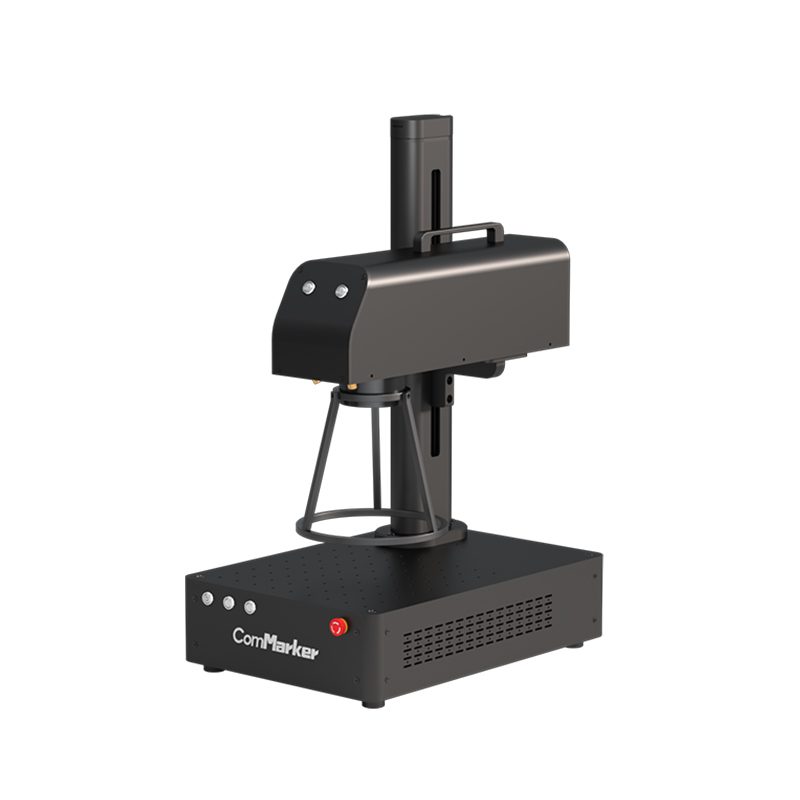Laser engraving machine: How does it work? How to choose the right laser engraving machine?
In 2020, the worldwide laser engraver market was estimated to be 2.76 billion USD, and an 8% annual rise has been predicted from 2021 to 2028.
Laser engraving is gaining popularity worldwide because of its manufacturing use, affordability, and uniqueness. The COVID-19 pandemic has led to demand for laser engravers while producing testing kits and other health equipment. For this reason, medical product manufacturers needed to use laser engravers to place brand names on those products for easy identification.
Meanwhile, in the automobile industry, laser engravers are required for etching serial numbers on tires. They have also become a preferred alternative for marking aircraft parts compared to traditional engraving processes.
Due to its multi-versatility, the laser engraving machine is now a household name in industries worldwide.
In this article, we’ll delve into the mechanics of laser engravers and how to determine the perfect choice for your business.
How Does the Laser Engraving Machine Work
The word LASER is an acronym for Light Amplification by the Stimulated Emission of Radiation. It is a process that employs photo-thermal effects to erode a surface and carve indelible marks on it.
Typically, when a solid substance comes in contact with intense heat, it transforms into liquid. But in laser engraving, sublimation prevents this occurrence.
Instead, the laser source (gas, fiber, or semiconducting electron) excitation generates laser beams. Afterward, the laser beams pass through the lenses in the engraving machine to the material, which absorbs its energy leading to vaporization.
All of these happen within seconds or minutes. Consequently, the surface substance turns into smoke, emphasizing the necessity of using an enclosure with a smoke outlet alongside the engraving machine. This measure protects your manufacturing space from health hazards.
To control the laser engraver, computer software is used to regulate the laser beams’ focal points, speed, power, and designs on the surface. This control is critical in achieving meticulous patterns, delicate designs, and dark shades on the engraved surface. The software is also essential in the determination of accuracy and reliability.
Before the engraving procedure commences, you must upload the information as a file into the computer from the laser engraving machine.
Factors to consider before purchasing a laser engraver
Determining a suitable choice of laser engraving machine for your business depends on several factors. These factors impact the laser engraver’s versatility, performance, and durability. Here are some vital aspects to consider before purchasing a laser engraving machine:
● Laser Source
There are three types of sources used in laser engraving; They are CO2, Fiber, and Diode lasers.
The laser source influences the material compatibility and the quality of engravings. Fiber laser engravers like the ComMarker B4 are ideal for engraving metals, while CO2 lasers (input) are perfect for nonmetal materials.
Although Diode laser engravers can be used for metals, which are harder to penetrate; hence, they are primarily used in engraving wood, leather, acrylic, and marble.
● Speed and Power
Laser marking and engraving machines have differing laser power levels which affects the depth and speed of the engraving. Laser engravers within the 5W range are preferable for thin organic materials, while industrial products require a higher power of up to 60W or more.
● Work Area Size
The work area size of a laser engraving machine determines the minimum to maximum dimensions of the objects within its capacity to engrave. Laser engravers with a wide working area are the ideal choice for large surface objects. Therefore, it is essential to evaluate the measures of your projects to ensure their compatibility with the laser machine in terms of size.
● Software compatibility
Another essential factor to consider when choosing a laser engraving machine is the software.
The software produces and revises designs before sending them to the device. Some common software are Lightburn software, Adobe Illustrator, and LaserGRBL. LightBurn software is one of the best options because of its compatibility with several desktop platforms, such as Windows, Linux, and macOS.
● Surface material
The best laser engraved for organic and less rigid materials such as glass, wood, leather, ceramics, or leather would be a CO2 laser engraved.
In comparison, a Diode laser engraver is compatible with acrylic, paper, solid woods, leather, steel, and others.
Fiber laser engravers work on most metallic objects and a few non-metallic ones. Due to their high power, they can engrave various metals like gold, silver, brass, aluminum, tungsten, copper, etc.
● Safety measures
Safety should be prioritized when using laser engraving machines due to probable hazards.
Some engraving machines are compatible with safety equipment, such as a laser enclosure. This safety tool comprises an anti-smoke design, noise reduction, and filter effect to reduce eye laser irritation. It also ensures the user is safe from risks when operating the laser engraver.
Conclusion
Regardless of the industry, laser engravers can create lasting engravings to track and identify your products or for other uses.
By taking into cognizance the points raised in this article and making the proper selection, your business will benefit from a laser engraver that will give your products a lasting impression.
Media Contact
Company Name: ComMarker
Contact Person: Hannah
Email: Send Email
Country: United States
Website: https://commarker.com/



